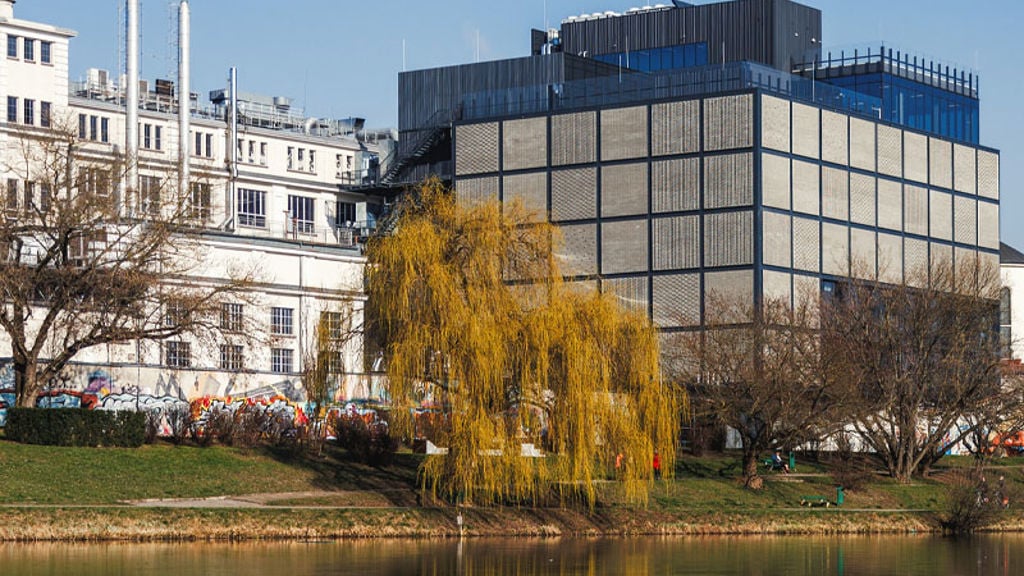When the French Ministry for Culture launched a competition to design a new cultural centre to revitalise the flagging Beaubourg area of Paris, the entire world of architecture responded.
We encouraged Richard Rogers and Renzo Piano to join us in submitting an entry. The panel judging the 681 entries from 49 counties read like a ‘Who’s who’ of architectural greats. Chaired by French master engineer Jean Prouvé, it included American architect Philip Johnson, Sydney Opera House designer Jørn Utzon and Brazilian modernist architect Oscar Niemeyer.
Architects Richard + Su Rogers and Renzo Piano, collaborated with structural and service engineers from Arup.
Rogers and Piano envisioned an arts venue that prioritised the visitor’s experience. Arup’s response was to design an inside-out machine-age building, with the service requirements placed on the building’s outside, leaving the inside space for visitor circulation and contemplation. But this modernist appearance hides a more historic inspiration: the cast steelwork spans forming 10 storeys of exhibition space were inspired by the Eiffel Tower.
Arup engineers worked with Rogers and Piano and the Ministry of Culture to create a building made for art as an ever-changing practice, with massive floors with no interruption, so that their use could change with the times. By doing so, the Centre has remained relevant and become synonymous with both Paris and international contemporary art.
Like the space-frame roof designed by Japanese architect Koji Kamiya for Osaka Airport, the nodes are constructed out of machined cast steel to become part of the detailed architectural design.








